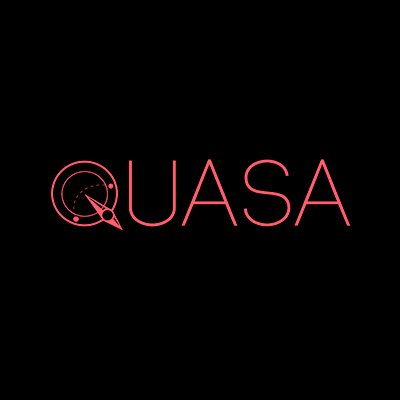What Is an NFT?
NFTs are proof that you own something. The NFT is made up of layers that work together to form the entire NFT. Let's delve into the layers that make up the NFT.
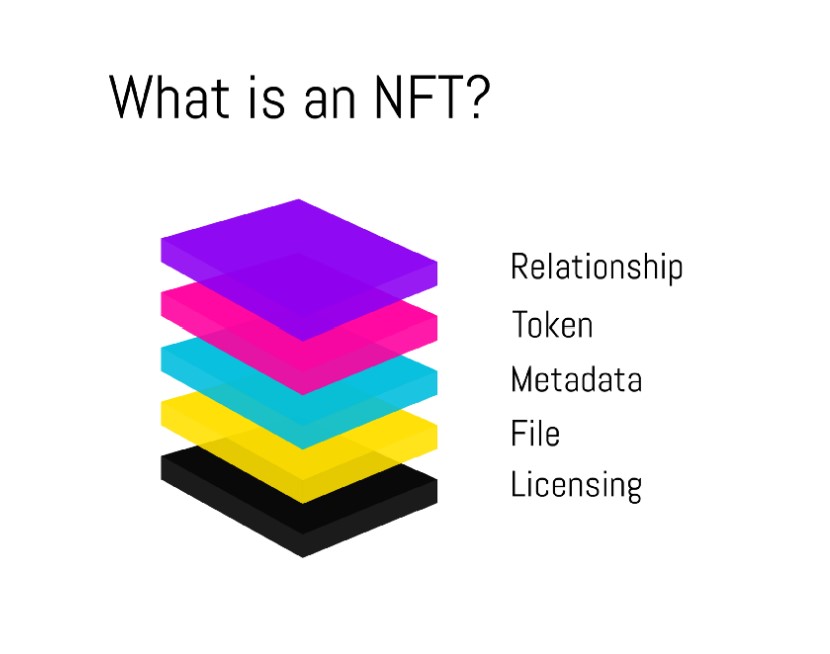 Relationship.
Relationship.
An NFT is a defined relationship. It’s a connection between creators, buyers, and sellers. The NFT shell is a set of relationships.
Token
A token is not so much a cryptocurrency as a set of keys. In the same way the keys in your pocket signify ownership of your car or your home, having an NFT signifies ownership of the associated content.
Metadata
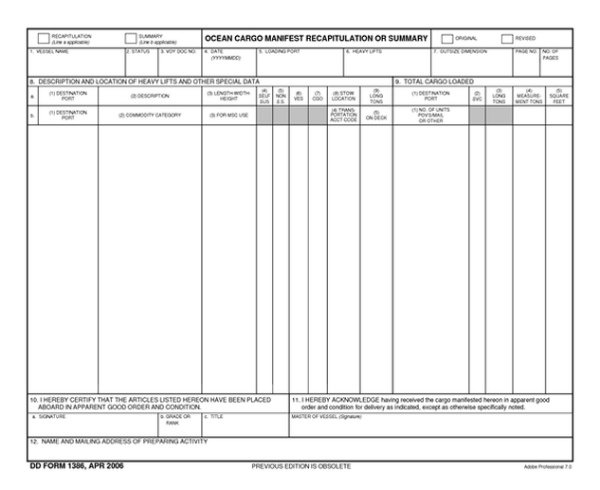 When shipping companies send cargo overseas or even just across borders, the cargo containers include a manifest. The manifest is a list of everything in the cargo with explanations, associations, and (you guessed it) relationship descriptions. Just like with those cargo shipments, an NFT includes a manifest. It’s called metadata.
When shipping companies send cargo overseas or even just across borders, the cargo containers include a manifest. The manifest is a list of everything in the cargo with explanations, associations, and (you guessed it) relationship descriptions. Just like with those cargo shipments, an NFT includes a manifest. It’s called metadata.
The metadata for an NFT is, arguably, the most important part of the NFT layers. Without the metadata, your NFT is just a token of ownership of…something. The metadata tells the world what that something is.
At a very basic level, the file is the thing you are buying and selling, and that file information is included in the metadata. But what does the link to the file actually mean?
File
The metadata within the NFT points to the file, but that file can live anywhere. It can live on a permanent storage platform (like a blockchain), but it often lives in a similar place to your Facebook photos.
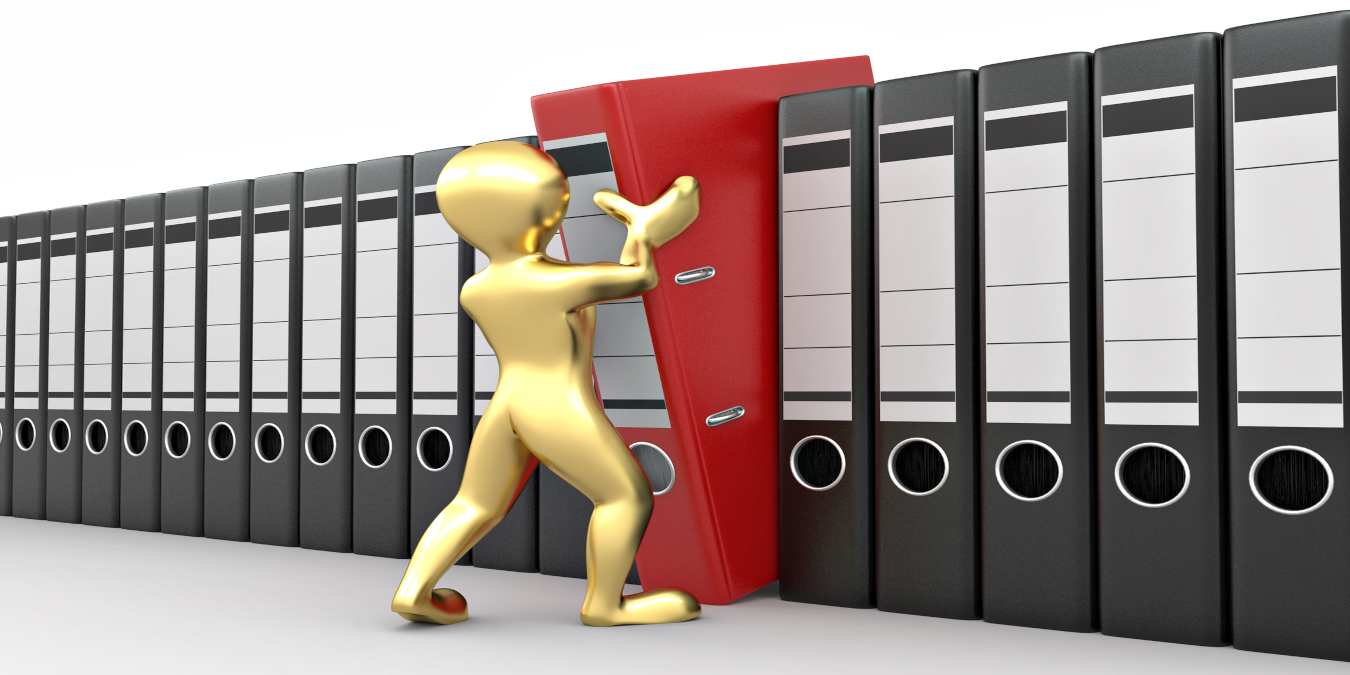 QUASA NFT believe the files associated with an NFT should live on IPFS because ownership of the files should be transferable in the same way that ownership of the NFT is transferrable.
QUASA NFT believe the files associated with an NFT should live on IPFS because ownership of the files should be transferable in the same way that ownership of the NFT is transferrable.
A file stored on IPFS has ownership properties in the form of “pinning.”
The creator of the file and thus the creator of the NFT might pin the file on IPFS. However, when the NFT is sold, the creator doesn’t have much reason to continue pinning that file. The great thing is the buyer can pick up the ball and run with it. Upon purchasing the NFT, the buyer can access and transfer responsibility of the file thanks to the manifest, and the buyer can pin the file themselves.
The transferability of the asset file is important because the responsibilities bestowed upon the buyer of the NFT may require the buyer to maintain a copy of the asset file. This leads us into the final layer of an NFT.
Licensing
When you purchase an NFT, it may have requirements associated with it.
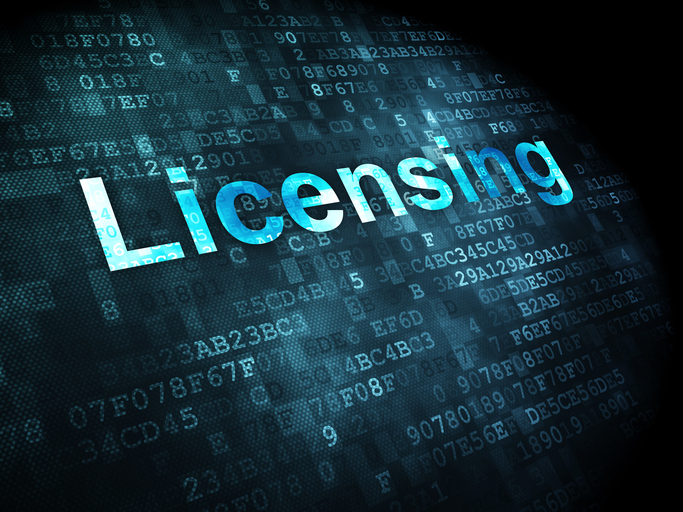 The metadata can point to a set of rules around the NFT. In many cases, an NFT will have royalties payments encoded into the blockchain in which the token was created. That’s an automated way of enforcing rules, but those rules still need to be somewhere accessible. The owner of the NFT should be able to easily reference those rules.
The metadata can point to a set of rules around the NFT. In many cases, an NFT will have royalties payments encoded into the blockchain in which the token was created. That’s an automated way of enforcing rules, but those rules still need to be somewhere accessible. The owner of the NFT should be able to easily reference those rules.
Understanding what you own, what your rights are, and what your responsibilities are is important. Metadata pointing to the licensing makes it easy to have this info at your fingertips.
NFTs are not just tokens. They are not just files. They are not just entries in a blockchain. When implemented properly, they are a clearly defined relationship among many across the internet.
Passive and Active NFT
NFTs aren’t just digital pieces of art. They are layered mechanisms for proving ownership, access, rights, and more.
The big change is how we can gate access to exclusive perks. In the past, it may have been with an account or password.
Or it might have been with a physical item, like a ticket.
With NFTs, communities can, in a decentralized way, verify if someone should get access to a particular media file, event, Discord channel, or more simply from reading what’s in their wallet.
We can now deliver media automatically based on the ownership of that NFT.
But there is one problem that no one could solve before the advent of QUASA NFT.
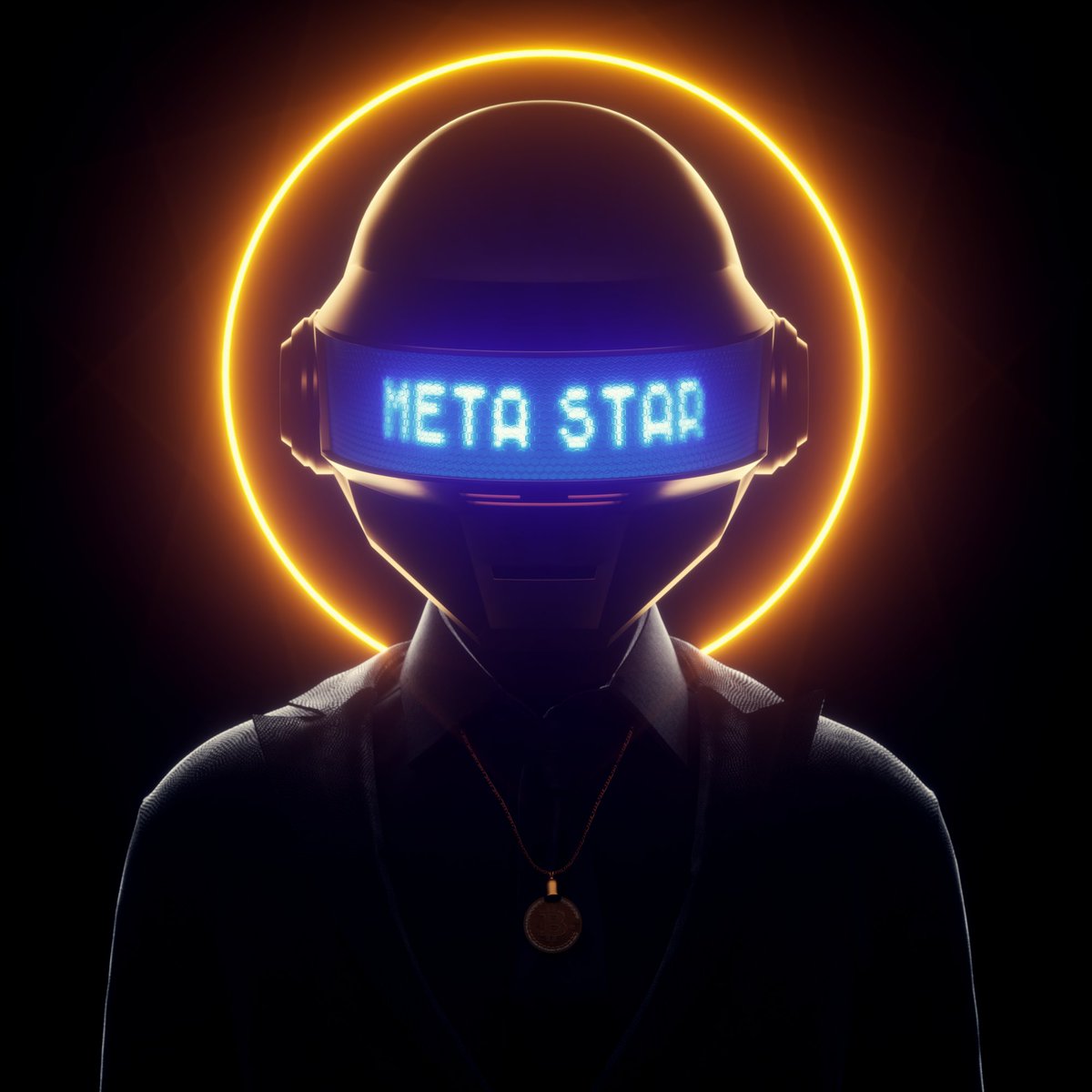 Any update of information or addition of metadata to the NFT incurs network fees.
Any update of information or addition of metadata to the NFT incurs network fees.
There are always costs, even if they are small, as in the case of the Polygon network, but they are.
Therefore, even in the metaverses, you see passive and non-renewable NFTs with outdated descriptions and data.
Nobody wants to pay, and QUASA considers it right and natural!
That is why QUASA NFT offers a solution to make any NFT active, namely to add any new data, information or new conditions to the NFT absolutely free of charge for all users!
Quasa NFT App is Your Protection For NFT! Your NFT, your way!

